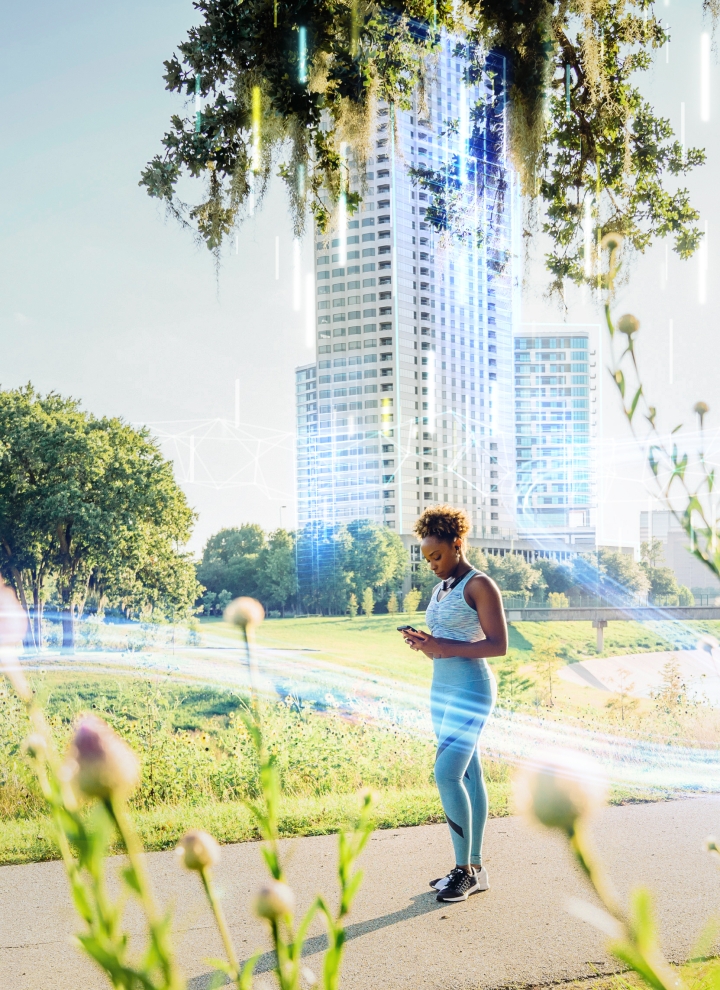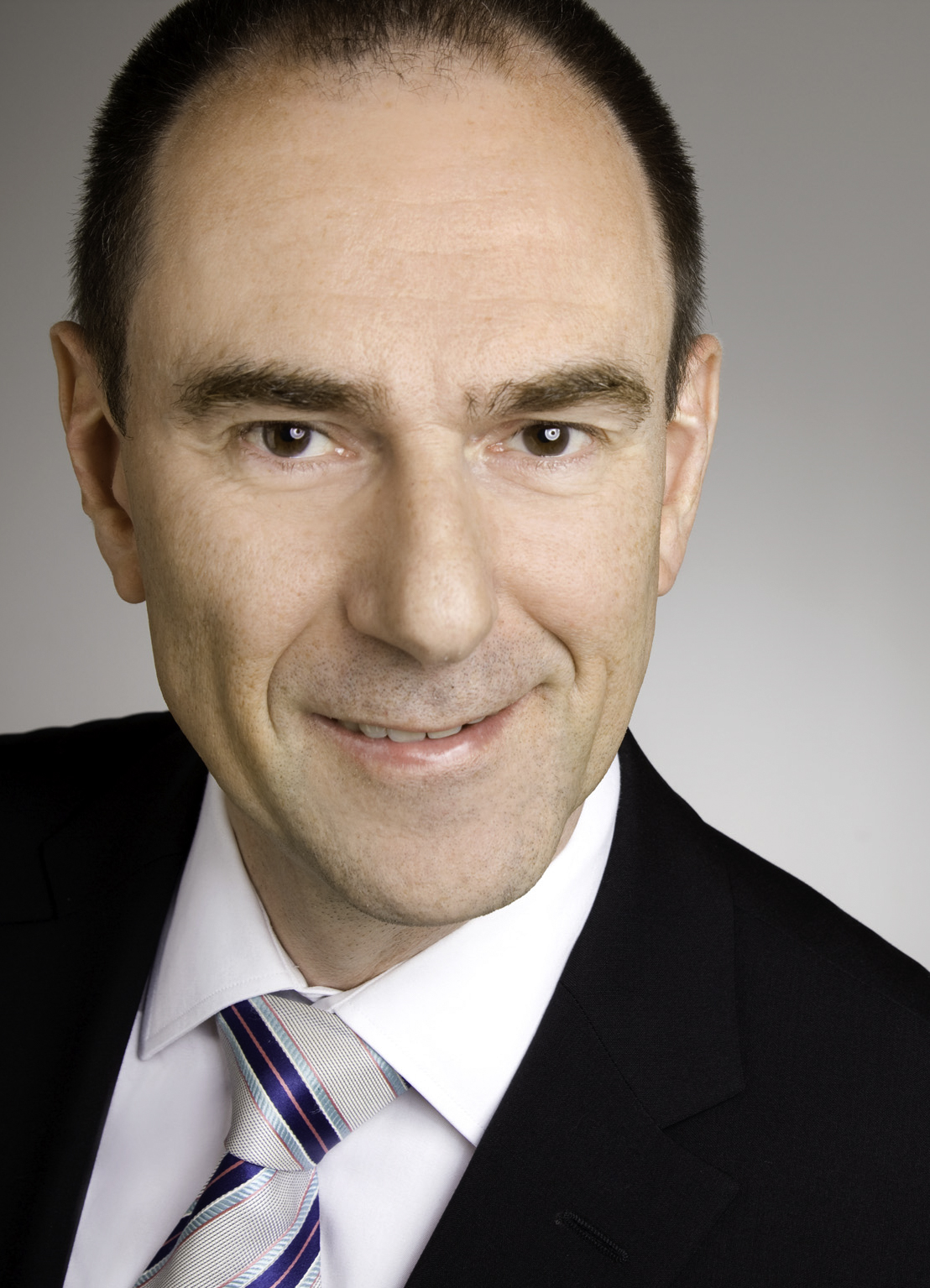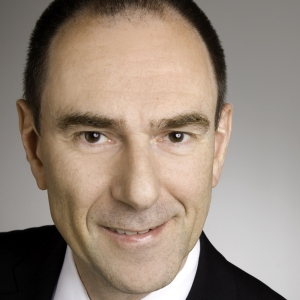
6 Success Factors for Using Digital Twins to Decarbonize Energy Systems

Listen to the blog here:
Let's face it – the world needs to overcome a big challenge with regards to energy: After all, the energy consumption of cities and industries is ever-growing. According to World Bank data from 2019, the proportion of the global population that resides outside of cities and towns has fallen by two-thirds compared to the start of the 1960s. At the same time, academic studies have noted that urban areas account for about three-quarters of global energy use, something that will undoubtedly cause a problem for ongoing sustainability efforts.
Even with more and more green energy sources coming online with every passing month, there is still an extensive challenge to lower carbon dioxide levels in the atmosphere and for the nations of the world to meet their Paris Accord climate change commitments. Many businesses have committed themselves to lowering their carbon footprints to meet regulations and cover new customer demands. Siemens, for instance, was actually the first DAX company to commit on carbon neutrality by 2030 and reduced emissions already by 54% since the start of the program. Consumers increasingly turn to companies that focus on sustainable energy generation and consumption and realize that a profitable future is only possible in a sustainable world. Either way, I already see a world in which decarbonization is considered to be of huge importance in the urban realm. However, many companies still lack a holistic approach to decarbonize their energy systems.
In this article, I will emphasize the relevance of decarbonization for the energy sector and the related energy-intensive industries as well as for sustainable urbanity. Then let me show why digital twins should have a part to play in any decarbonization roadmap. Finally, I will share six identified principal success factors on how to apply digital twins to decarbonize energy systems.
1. Energy is at the heart of the green revolution
Sustainable energy use is at the heart of the fight against climate change, as energy generation is responsible for a huge amount of carbon dioxide (CO2) and other greenhouse gases that get emitted into the atmosphere each year. Only for the purpose of illustration, according to the Energy Information Administration (EIA), electrical generation accounted for some 4.13 trillion kilowatt-hours (kWh) of energy in 2019 in the United States alone. The EIA estimates that some 1.72 billion metric tons of CO2 was released into the atmosphere as a result of all energy sources. To put it simply, that's approximately 0.92 pounds of CO2 emissions per kWh!
Numerous decarbonization trends, such as the switch to biofuels from fossil-derived ones, already try to tackle that problem today. Others include the increasing use of wind energy, both on and off-shore, as well as the development of hydrogen-based fuel cells, or the roll-out of carbon capture and storage (CCS) technologies. These truly are groundbreaking times for decarbonization!
Nevertheless, significant quantities of greenhouse gases are still being produced every day due to “business as usual” operation of energy systems in business, housing and smart life, not to mention the mobility and transportation sectors in cities. The good news is we can keep a cap on these emissions. With the fundamental optimization of the entire energy system to known decarbonization solutions, the world will come closer to the goal of meeting its climate agreements and lower cost pressures to bear on climate goals. This is especially the case with energy systems that offer huge potentials for CO2 reductions. Energy systems are basically interconnected networks that deliver energy to end users – both industry and consumers – on an on-demand basis. Sometimes demand may be high and sometimes it may be low, that’s just natural. Any energy system must account for this and be run in an optimized way so that over-generation of electrical energy is minimized or even avoided. In this regard, digital twins represent a powerful ally in modern decarbonization technology today bringing together two major goals for businesses: sustainability and cost effectiveness.
To view the Digital Decarbonization graphic in full width please click here.
2. Digital twins can help to decarbonize energy systems
There are several technologies that already exist which contribute to the reduction of CO2 – and other greenhouses gases – from being released into the earth's atmosphere. Among these technologies, digital twins can be a way to bring all technologies together and model energy flows and changes of parameters in real time. Simply put, a digital twin is a virtual version of something that usually resides in the physical realm and is used to mimic real systems or products in industrial environments. It was once used to help designers and engineers with new product concepts but, strengthened by the Internet of Things (IoT) and Artificial Intelligence (AI) systems, it has proven itself to be an even more valuable tool. This is because it can model a raft of interconnected systems through big data analytics.
In general, one can now model energy systems and infrastructures within smart districts and utilities – and even across entire national networks, if up-scaled – by creating digital twins of the as-installed or as-planned grids. The basic idea is that digital twins help with the decarbonization of energy systems by mapping all of its aspects – from electrical production to distribution losses and localized demand – in the digital realm. It is already proving itself to be particularly effective in energy management as well as district heating, electrically powered public transport infrastructure management, and sector coupling, to name just a few areas. Therefore, it is important to know which factors in the deployment of digital twins will lead to the most successful outcomes. I identified the top six success factors to successfully decarbonize energy systems using digital twins.
Digital twins represent a powerful ally in modern decarbonization technology today bringing together two major goals for businesses: sustainability and cost effectiveness.
3. 6 success factors for using digital twins to decarbonize energy systems
1 - Don’t start without a decarbonization strategy in place
To begin with, any successful decarbonization program must commence with clear goal-setting. The modeling used in the digital twin of the effective electrical system should offer a clear decarbonization roadmap with carefully thought-through criteria about the intended outcomes. First and foremost, the monetization of the current versus the targeted carbon footprint comes into play. Also, current and future business models focusing on either private or public goods or services will get conceptually challenged based on their inherent carbon intensity. Subsequently, the question of the future energy mix along the entire value chain of production or servicing has to fully include all suppliers and business partners – and this can even raise new questions related to the own location strategy. Finally, sustainability reporting should not be underestimated, as it even exposes management to personal liability.
2 - Always consider the whole system!
Secondly, you always need to consider the entire energy system when starting your journey and how to best optimize it for favorable outcomes. It regularly includes electricity, but also heating & cooling and transportation for a thorough end-to-end analysis of the initial situation and therefore the entire technological framework conditions. To name only a few, each site or entity calls for a multidimensional consideration of e.g., technical lifetime, maximum capacity, minimum versus maximum operating and down time, investment and maintenance cost, and of course its energy demand and relative efficiency. In other words, this attention to detail and completeness is needed to unlock the full decarbonization potential.
3 - A technology-neutral approach is vital
Having a technology-neutral approach to the decarbonization of energy related systems in place means that you should have no preconceptions about which model or configuration will work when adopting digital twin technologies. You need to start the journey with an open mind. A technology-neutral approach allows to draw flexibly from a variety of existing ideas and possible technology solutions. In short, predetermined technological pathways tend to end up with sub-optimal outcomes. Never commit too early to a single technological approach when examining all of the conceivable approaches to decarbonization because your digital modeling and AI number-crunching may surprise you!
4 - Data is the new gold
Preparing your dataset before you build your digital model(s) is something I have learned first-hand to be crucial to the entire process. In short, this means gathering, cleaning and structuring the data, but it will also require that the plausibility of the required data in real-world settings is checked. If you put garbage data into your digital twin model, then expect low-quality outputs. All too often, we have experienced these challenges when analyzing for example meteorological data being crucial for renewable solutions next to data sets about electrical consumption in buildings or feed-in profiles from photovoltaic, solar thermal, concentrated solar, wind, and hydro power plants at locations worldwide. In general, some patience paired with professional experience is needed to find, prepare and make the best use out of your data. There can never be enough data preparation and checking!
5 - Take your time!
Since digital decarbonization is obviously such a highly multi-faceted approach, better avoid looking for quick wins. Preparation of the energy system model needs care because it will be more complex – often much more complex – than you had initially bargained for. For sure, it all depends on the size of the endeavour: it takes rather a few months than weeks when adding renewables into an existing fossil power generation system as this might require spatial decoupling of power generation and consumption to handle imminent grid constraints and finally, a flexible use of battery storage systems. It might also take some time to onboard the right experts especially the ones with field expertise – but believe me, it’s worth it. In general: Success doesn’t come overnight, after all!
6 - Know your technology well
Although the decarbonization of energy systems obviously requires know-how with electrical gerneration, supply, and distribution, the final factor I recommend prioritizing if you want to achieve successful decarbonization is expertise with digital (twin) technology itself. Put simply, you require a high-level understanding of data modeling as well as expertise in smart data technologies if you want digital twins to help decarbonize your energy system. If you don't possess these skills in-house, then prioritize outsourcing them before starting your decarbonization journey. Digital decarbonization always need these most experienced practitioners coming from multiple disciplines to optimize the specific decarbonization path.
4. How digital decarbonization can change the world
When applying a strategical approach, the impact of digital decarbonization can be quite impressive in numbers: for instance, in one of our projects with a German city with about 200,000 residents, we modeled its energy demand and infrastructure and found that 70 percent fewer emissions by 2035 would be perfectly feasible. This project also demonstrated that a 25 percent reduction in heat demand could be achieved in the same period which is a fantastic result by any standards.
In general, the main advantages of utilizing digital twins in future decarbonization strategies will be felt in basically all public and private sectors. Given that buildings account for about 40 percent of all current carbon emissions, focusing on the digital decarbonization of energy systems will make a huge difference to the climate of tomorrow. While decarbonization resonates best with the utilities sector as a whole, high energy demanding sectors such as the chemical and similar process industries, deserve highest attention as well. Benefits like running cost-minimized energy systems designed for specific locales, such as district heating systems, both conventional and renewable local utilities production facilities, community energy storage systems, and even better managed electric vehicle charging station capacity, will offer concrete saving potentials in municipalities and smart city environments.
While reducing wasted electricity – and, therefore, saving significant expenditure on daily operating costs – businesses will be able to strengthen their brand image as truly sustainable commercial entities. In the end, I would argue that there is a significant win-win for businesses that want to remain competitive and to be seen as a trusted supplier. Digital twins are, of course, only a part of achieving a best possible decarbonized future but they will become an increasingly important one.
Are you looking for more ways to decarbonize your smart district? Find out here!
Our expert



 Contact Us
Contact Us